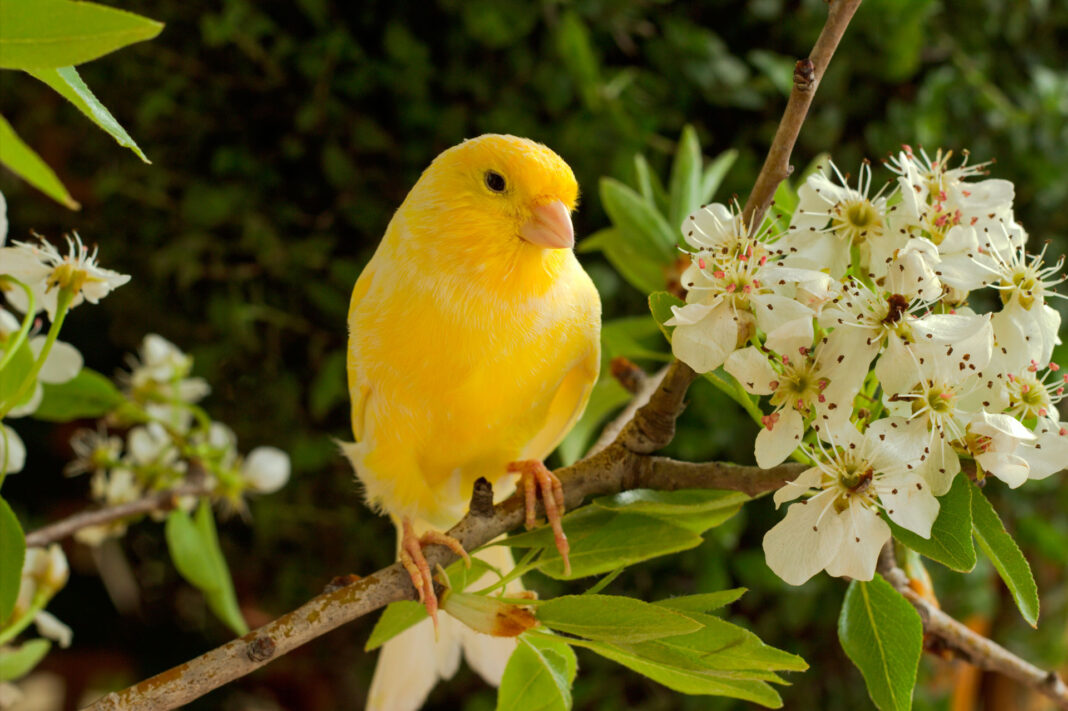This colourful bird with a beautiful song takes its name from its native Canary Islands. Breeding needs skilled and careful handling
The Atlantic Canary or Serinus Canaria, also known as the wild canary, is native to the Canary Islands, Madeira, and the Azores. It is small in size, has a short beak, colourful feathers, and sings melodiously. It is related to the domestic or caged canary, which is one of the most popular pet birds worldwide. Interestingly, only male canaries have a beautiful singing voice, and the song varies based on the breed. The Harz Roller, the Malinois Waterman, and the Spanish Timbrado are the most common domestic breeds.
Breeding canaries requires proper preparation for the entire breeding cycle. This includes overseeing the selection and pairing of birds, mating, egg laying, incubation, hatching, weaning, and the subsequent feeding of the chicks.
The breeding season is linked with increased hours of sunlight and higher temperatures. In Spain, breeding usually starts towards the end of February, which means canaries are ready to breed in early spring. It’s crucial to mate healthy birds that are at least nine months old, and inbreeding should be avoided at all costs.
It’s advisable to de-worm the birds and disinfect their cages one month before breeding, which is best done with Pulmosan or products containing the active ingredient Ivermectin. It’s also important to prepare a separate, well-ventilated room for storing equipment and food, as well as housing the breeding cage and separate aviaries for the male and female birds.
Males and females show different signs of readiness to breed. When males ‘come into condition’, they start singing louder and making suggestive movements on their perches. For females, the tell-tale sign is when they start gathering twigs to prepare their nest. Once both the male and female are ready, they can be placed together in a breeding cage. In response to the male’s song, the female will crouch down, raise her tail, and flap her wings.
It’s essential to keep males and females separate during their moulting process, which occurs once a year in all canaries. This process involves shedding and renewing their feathers, which makes them weaker and more vulnerable. However, it’s crucial for their general and reproductive health, and they emerge stronger with beautiful plumage.
Canaries are granivorous, so they primarily feed on seeds, such as bird seed, red or black rapeseed, oats, white perilla, and quinoa. It is crucial to maintain the quality, cleanliness, and quantity of their seed intake. They also consume plants like dandelions and nettles, as well as fruits such as lemons, oranges, and apples.






